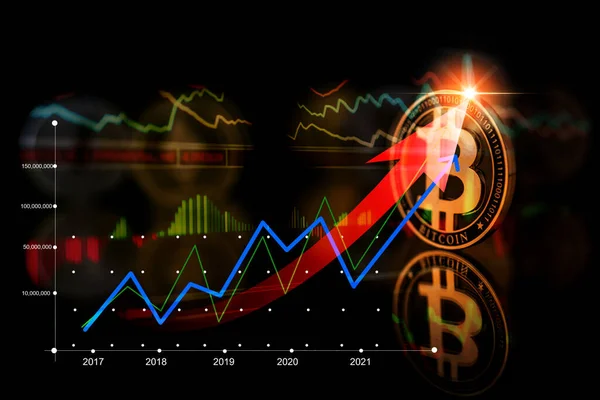Thursday, the price of a Bitcoin fell to about $57,000, the lowest level in two months. This happened after the U.S. Federal Reserve posted minutes from its June meeting that showed the central bank isn’t ready to cut interest rates yet.
Bitcoin, which is the biggest cryptocurrency by market value, has had some problems lately, but it is still a big deal in the world of digital money. Aside from current news about the US Federal Reserve’s monetary policy and what it means for the cryptocurrency market, there are other important factors that affect Bitcoin’s price and how people think about it.
Data from crypto ranking site CoinGecko shows that the value of the cryptocurrency went below $57,000 for the first time since May 1 at 2:30 p.m. London time, a drop of about 5% in 24 hours. Since then, bitcoin’s price has gone down a little. At 5:05 p.m. London time, it was selling at $57,932.57, down 3.4%.
The second-largest coin in the world, ether, was down 5% to $3,120.
It comes after the Federal Reserve released meeting minutes from June on Wednesday. The minutes showed that officials are hesitant to lower interest rates until more data shows that inflation is steadily moving toward the central bank’s goal of 2%.
When interest rates go up, investors are less willing to take risks, which is bad for bitcoin and other cryptocurrency.
Bitcoin hit an all-time high of more than $73,700 in March of this year, just days after the SEC approved the first U.S. spot bitcoin exchange-traded fund, or ETF.
ETFs let buyers buy something that tracks the price of bitcoin without actually holding bitcoin itself. Crypto supporters say this has helped make the asset class more reputable and made it easier for bigger buyers to join.
But bitcoin prices have been moving in a range between $59,000 and $72,000 ever since.
The choices the Federal Reserve makes about monetary policy have a big effect on all financial markets around the world, even the bitcoin market. When the Federal Reserve makes it clear that it won’t be lowering interest rates any time soon, it often makes people less likely to invest in risky assets like Bitcoin. When interest rates go up, it costs more to hold investments that don’t earn money, like cryptocurrencies. This can make buyers look for better assets.
Recently, news that the bitcoin exchange Mt. Gox was about to hand out about $9 billion worth of coins to users put a lot of pressure on the world’s biggest cryptocurrency. This is likely to cause a lot of people to sell their bitcoin.
But in a study released Tuesday, crypto data and research company CCData said that bitcoin hasn’t reached the peak of its current price rise cycle and is likely to set a new all-time high.
It says that past market “cycles” have shown that bitcoin’s so-called “halving” event—which reduces the number of new bitcoins on the market—has always been followed by a price rise that can last for 12 to 18 months “before producing a cycle top.”
The last time bitcoin was split in half was on April 19, 2018, so those past dates have not yet come and gone.
“In addition, we have seen a drop in trading activity on centralized exchanges for almost two months after the halving event in previous cycles, and this cycle seems to have followed suit.” CCData said, “This means that the current cycle could last longer into 2025.”
Tom Lee, a bitcoin bull, told CNBC’s “Squawk Box” on Monday that he still thinks bitcoin will hit $150,000, even though there is a “overhang” from Mt. Gox’s upcoming payment of tokens to creditors.

A TV interview with Lee, co-founder and head of research at Fundstrat Global Advisors, revealed that if he were involved in crypto and knew that one of the biggest problems would go away in July, he would expect a pretty big bounce back in the second half.
In the end, more and more people are adopting and using Bitcoin. Cryptocurrencies are becoming easier to use, and more well-known stores are starting to take Bitcoin as payment. Bitcoin is also being used more as a way to keep value in countries with shaky economies, which shows that it can be used instead of fiat money.
To sum up, Bitcoin may experience short-term instability due to changes in monetary policy and certain market events, but the underlying foundations and changes in institutions point to a possibly bright future. Bitcoin’s path in the next few years will likely be shaped by half rounds, more institutions accepting Bitcoin, and continued changes in how the government regulates Bitcoin.



